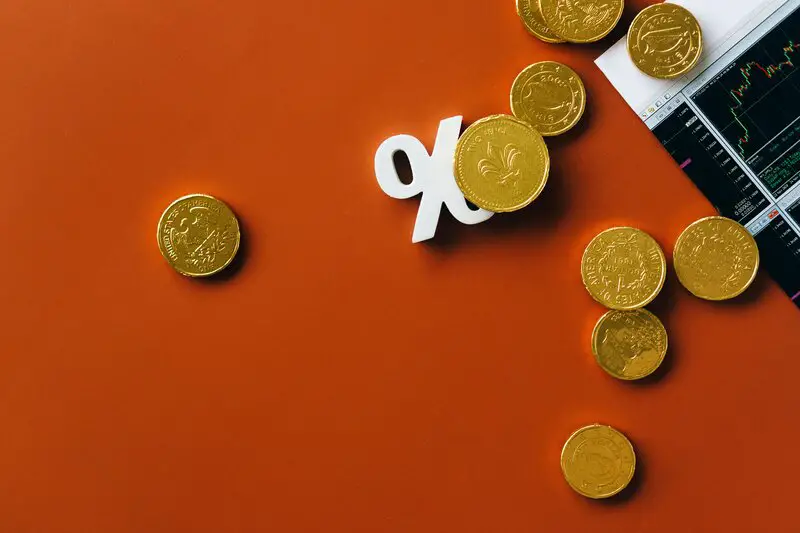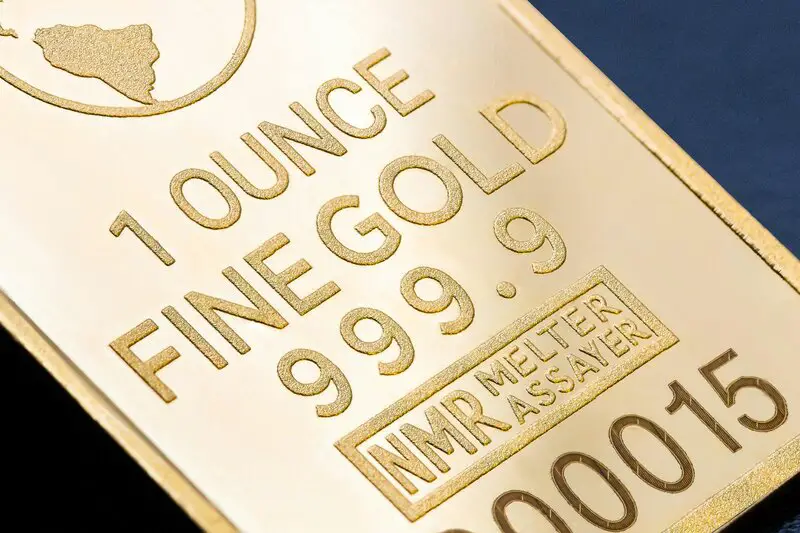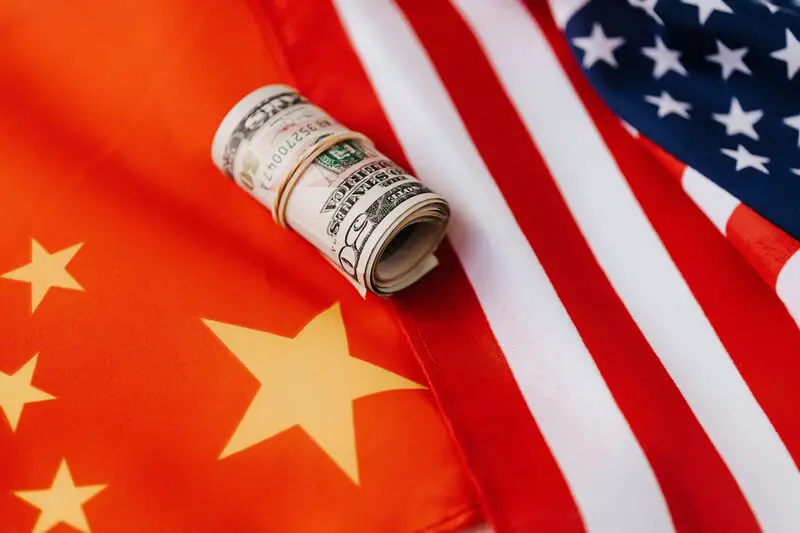Gold and interest rates have a complicated but important relationship that investors need to understand. While gold doesn't pay interest or dividends, it still plays a central role in global finance, particularly when interest rates rise or fall. In this guide, we'll break down how interest rates affect gold prices, how central banks like the Federal Reserve come into play, and what it all means for your investment strategy.
Why Interest Rates Matter in the Gold Market
Unlike bonds or savings accounts, gold does not generate income. So, when interest rates rise, income-yielding assets often become more attractive than gold. Conversely, when interest rates fall, gold tends to shine as investors seek safe havens with less opportunity cost.
The Role of Central Banks (Especially the Fed)
One of the biggest players in this dynamic is the Federal Reserve (the central bank of the United States). When the Fed raises or lowers interest rates, it sends shockwaves through global markets—including the gold market.
Rising Interest Rates
Often lead to a stronger US dollar and lower gold prices as investors move to yield-bearing assets.
Falling Interest Rates
Can weaken the dollar and push gold prices higher as opportunity cost decreases.
Market Psychology
These shifts are largely psychological as well as practical. Investors react based on expectations of inflation, currency value, and economic growth, all of which are influenced by interest rate changes.
Real Interest Rates and Gold
To really understand the gold-interest rate connection, you have to consider real interest rates—that is, the interest rate minus inflation.
Negative Real Rates
When inflation is higher than the interest rate, gold becomes much more attractive because cash savings are losing value.
Positive Real Rates
When real rates are positive, gold tends to lose its lustre as investors look for assets that offer real returns.
Historical Examples of Interest Rate Impacts on Gold
Let's look at a few notable periods where interest rate policy clearly influenced gold prices:
1. The 1970s Inflation Crisis
In the 1970s, the US experienced high inflation. Interest rates were volatile, but real rates were often negative. Gold prices skyrocketed from under $100/oz in 1971 to over $800/oz by 1980.
2. The 1980s Rate Hikes
To combat inflation, the Fed raised interest rates aggressively in the early 1980s. This pushed real interest rates higher and caused gold to decline significantly over the decade.
3. Post-2008 Financial Crisis
The Fed slashed interest rates to near zero after the global financial crisis. With real rates often negative and economic uncertainty high, gold climbed to over $1,900/oz by 2011.
4. 2020–2022 Pandemic and Inflationary Response
Initially, low interest rates and stimulus pushed gold near all-time highs in 2020. But as the Fed began raising rates in 2022 to fight inflation, gold prices dipped, only to recover as markets priced in potential economic slowdown.
| Period | Interest Rate Environment | Real Rates | Gold Performance |
|---|---|---|---|
| 1970s | Volatile, high inflation | Often negative | $100 to $800/oz |
| 1980s | Aggressively raised | Positive, high | Declined significantly |
| 2008-2011 | Near zero rates | Often negative | Climbed to $1,900/oz |
| 2020-2022 | Ultra-low then rising | Mixed signals | Volatile, near highs |
How Traders and Investors React
Gold traders don't just look at current interest rates—they look at expectations. If markets believe rates will rise soon, they may sell gold in anticipation. If they think rates will fall, they may buy.
Market Tools & Indicators
Tools like Fed futures and central bank statements are closely watched by gold investors. Timing your entry or exit based on expected rate movements is a common strategy.
Gold as a Hedge—Despite Interest Rates
Even in rising-rate environments, gold retains value as a hedge against:
Currency Devaluation
Protection against weakening currencies and monetary debasement
Stock Market Volatility
Safe haven during equity market turbulence and corrections
Systemic Financial Risk
Insurance against broader financial system instability
What This Means for You as an Investor
If you're considering gold, here's how interest rates may factor into your strategy:
Investment Strategy Guidelines
- Monitor central bank policy: Rate changes often come with market swings
- Pay attention to inflation: Real interest rates tell the deeper story
- Think long-term: Don't let short-term rate hikes scare you away from a well-diversified portfolio that includes gold
- Use gold as a hedge: It can balance out rate-sensitive assets in your portfolio, not just a bet on price increases
Rising Rate Environment
- Consider dollar-cost averaging into gold
- Focus on gold's hedge properties
- Monitor real rates, not just nominal rates
- Don't abandon gold entirely
Falling Rate Environment
- Gold may offer better relative returns
- Consider increasing gold allocation
- Watch for currency debasement signs
- Prepare for potential inflation
Final Thoughts
Gold and interest rates will always be part of the same conversation. While gold may not offer income, its unique qualities make it a resilient asset—especially during uncertain or inflationary times. By understanding how rates influence gold prices, you'll be better equipped to time your investments and manage your risks.




